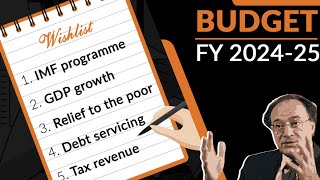Iron ore futures in China rallied more than 4% on Friday, lifted by restocking demand for the steel-making material, but posted their first monthly decline since November 2018 on rising supply and a cloudy demand outlook. The most-traded January 2020 iron ore on the Dalian Commodity Exchange ended 4% higher at 607.50 yuan ($85.65) a tonne, near the day's high of 608.50 yuan. The benchmark hit its lowest in nearly three months earlier in the week, in another selloff that some analysts said was overdone.
On the Singapore Exchange, the front-month October 2019 iron ore contract was up 5.1% at $81.60 in late trade.
In a sharp reversal of fortune, Dalian iron ore plunged 23% in August, after a dramatic rally triggered by disruptions in supply from top exporters Brazil and Australia.
Spot prices of the commodity headed for China have also pulled back from five-year peaks hit in early July.
"The iron ore price collapse was triggered by macro events, but there were also fundamentals in the market that hinted at a correction," said Erik Hedborg, iron ore analyst at metals consultancy CRU Group in London.
Some steel mills were seen beefing up their iron ore stocks before the week ends as they expect production curbs in China's top steelmaking city of Tangshan to be eased in September, and also to prepare for a possible buildup in steel demand.
"Steel inventories are easing from the highs," said Darren Toh, a data scientist with steel and iron ore analytics firm Tivlon Technologies in Singapore.
"Our data steel analytics model is expecting a ramp-up of steel demand starting from the second week of September," he said.
Benchmark spot 62% iron ore for delivery to China was steady at a 5-1/2-month low of $85 a tonne on Thursday, sliding from its July 3 peak of $126.50, based on SteelHome consultancy data.
Imported iron ore inventories at China's ports rose steadily for six straight weeks, to a three-month high at 124.65 million tonnes, as of August 23, SteelHome data showed.
Construction steel rebar on the Shanghai Futures Exchange was up 1.4% at 3,350 yuan, recovering after selloffs sparked by worries about demand amid an intensifying US-Sino trade war. Hot-rolled coil, used in cars and home appliances, edged up 0.9% to 3,407 yuan.
Coking coal was 0.7% higher at 1,308 yuan, while coke rose 0.9% to 1,891 yuan.
Fitch Solutions revised its 2019 coking coal price forecast to $185 a tonne from $195 previously amid weak demand in China and improved supply from Australia, factors seen as temporary. It expects prices to stabilise and rise in 2020.
BR100
7,583
Increased By
39.5 (0.52%)
BR30
24,238
Increased By
202.6 (0.84%)
KSE100
72,797
Increased By
207.9 (0.29%)
KSE30
23,213
Increased By
76.4 (0.33%)






















Comments
Comments are closed.